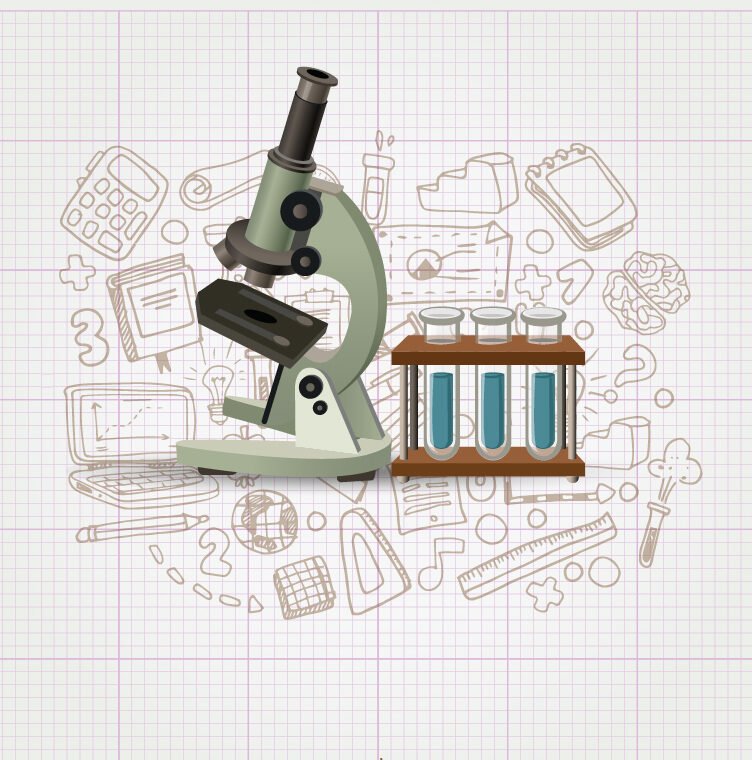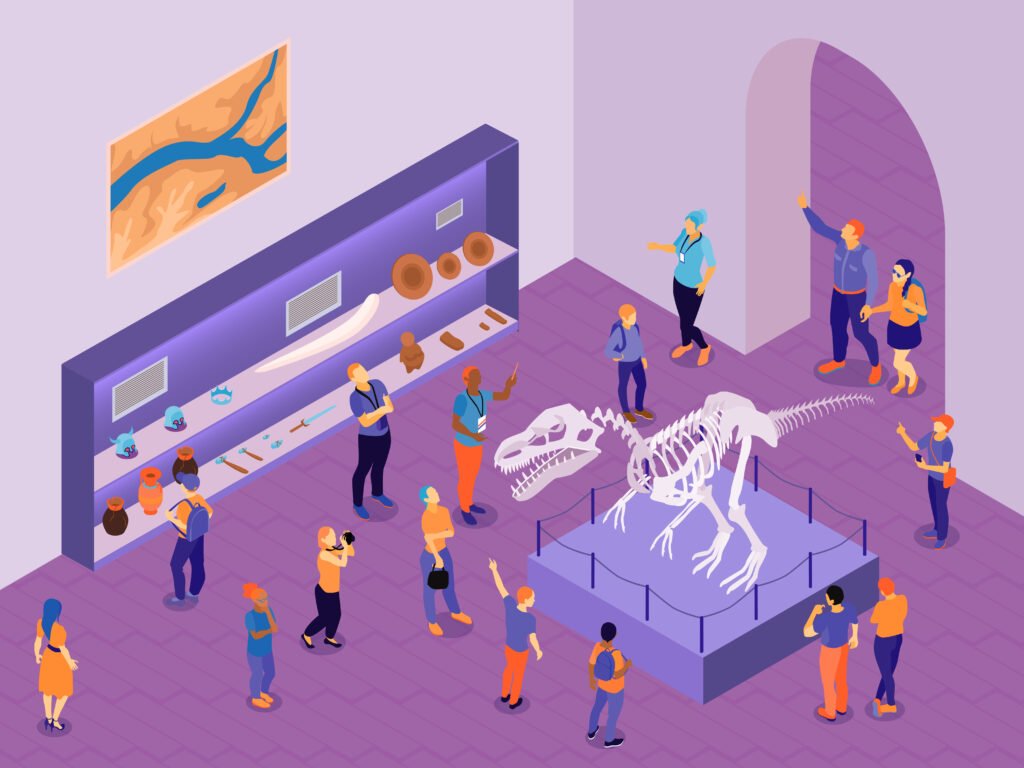The online simulations of motion of the Moon on this page will help us to learn more about the rotation and translation movements of the Moon and the four phases of the Moon that are generated as a consequence of these lunar movements.
What is the Moon
The Moon, the Earth’s only natural satellite, has been the object of fascination and study for thousands of years. With a diameter of approximately 3,474 kilometers, the Moon is about one-fourth the size of the Earth. Its surface is covered with craters, mountains, valleys, and lunar seas, which are flat, dark areas formed by ancient lava flows. The Moon has a significant influence on our planet. Its gravitational forces interact with the Earth and cause tides in the oceans.
Exploration of the Moon
The Moon has been the subject of human exploration. In 1969, the Apollo 11 mission brought the first astronauts to walk on the lunar surface, with Neil Armstrong and Buzz Aldrin becoming the first humans to set foot on the Moon. Over the years, several space missions have conducted scientific investigations on the Moon, collecting samples of lunar rocks and conducting studies on their composition and origin.
Motion of the Moon. Rotation and translation of the Moon
Motion of the Moon is the result, as in the case of the Earth, of the two main motions of rotation and translation of the Moon.
Rotation of the Moon. The Moon rotates on its own axis approximately once every 27.3 days. This is its period of rotation.
Translation of the Moon. At the same time, the Moon orbits the Earth in a similar period of about 27.3 days (sidereal month).
Because the Moon’s rotation and translation periods are nearly equal (a motion called synchronous rotation), the Moon always shows the same side to the Earth, while its opposite side, known as the “hidden side of the Moon,” remains invisible from our perspective.
In addition to the Moon’s rotational and translational motions, the Moon is gradually moving away from the Earth at a rate of about 3.8 centimeters per year due to tidal energy transfer.
Explore the exciting STEM world with our free, online simulations and accompanying companion courses! With them you'll be able to experience and learn hands-on. Take this opportunity to immerse yourself in virtual experiences while advancing your education - awaken your scientific curiosity and discover all that the STEM world has to offer!
Simulations of motion of the Moon
- Phases I
- Phases II
- Far Side
- Size
Four phases of the Moon I
Only the Sun produces light by itself. The Earth and Moon only reflect the light they receive from the Sun. Because the Earth and Moon are round, areas that receive sunlight appear bright and areas that do not receive sunlight appear dark. Notice in this simulation of motion of the Moon how the illuminated area of the Moon changes as the lunar cycle progresses and the four phases of the moon are generated
.
Four phases of the Moon II
Only the Sun produces light by itself. The Earth and Moon only reflect the light they receive from the Sun. Because the Earth and Moon are round, areas that receive sunlight appear bright and areas that do not receive sunlight appear dark. Observe in this online simulation of motion of the Moon how the four phases of the Moon are generated by changing its position with respect to the source of the light.
Far side of the Moon
Why do we only see one side of the Moon? This is because the rotation speed of the Moon and its translation speed with respect to the Earth is the same and that makes that, from the Earth, we always see the same face of the Moon.
Actual sizes of the Earth, the Moon and its orbit
The last of these online Moon simulations, allows us to see to scale what is the size of the Earth, the Moon and the Moon’s orbit around the Earth..
Giants of science
“If I have seen further, it is by standing on the shoulders of giants”
Isaac Newton

Galileo Galilei
–

Léon Foucault
–
Become a giant


The Radio Sky II: Observational Radio Astronomy



The Radio Sky I: Science and Observations



Our Place in the Universe



Introduction to Deep Earth Science



Our Global Ocean – An Introduction Course



Sensing Planet Earth – Water and Ice



Sensing Planet Earth – From Core to Outer Space




























